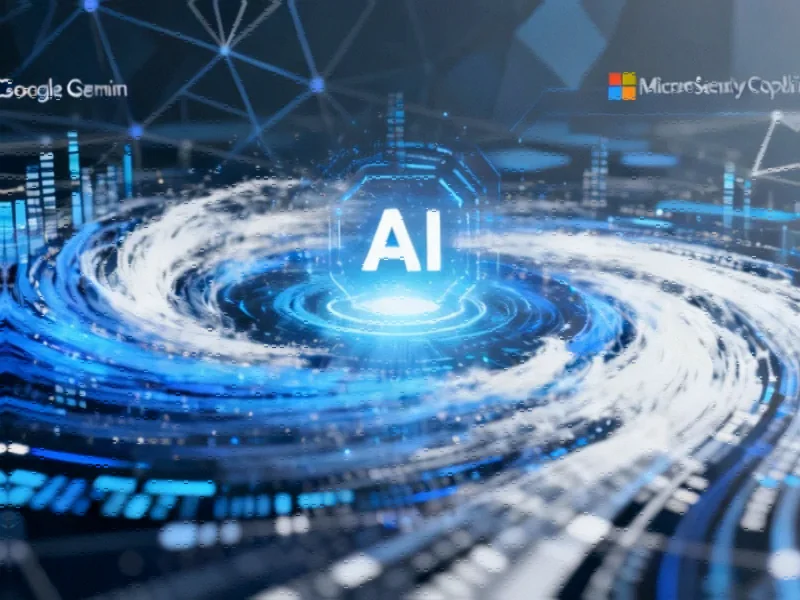According to Fortune, a 2025 McKinsey report reveals that roughly two-thirds of companies are still just experimenting with AI rather than implementing it widely. Johnson & Johnson’s CTO Rowena Yeo emphasized that AI literacy is fundamental, with her company rolling out mandatory AI fundamental courses for its 80,000 global employees. Accenture’s Gastón Carrión argued companies should spend three dollars on people for every technology dollar to drive adoption. Johnson & Johnson’s innovative medicine arm is expected to generate over $57 billion in sales in 2025 while using AI for drug discovery and molecule design. Standard Chartered Bank is now using generative AI for performance reviews and has created an AI-driven talent marketplace that enables a “gig-based economy” within the organization.
The Human Problem
Here’s the thing that keeps getting overlooked in all the AI hype: the technology itself isn’t the bottleneck anymore. We’ve got plenty of powerful AI tools available. The real issue? People don’t know how to use them effectively. Carrión nailed it when he said there’s appetite to learn but companies aren’t bridging that gap from fluency to actual adoption.
Think about it – how many times have you seen companies drop expensive new software on employees without proper training? It’s basically the same story playing out with AI, just with higher stakes. Yeo’s point about tools being sub-optimal when people don’t know how to use them seems obvious, yet most organizations are still treating AI implementation as a technology problem rather than a people problem.
What Works and What Doesn’t
Johnson & Johnson provides a fascinating case study in doing this right. They didn’t just buy AI tools and hope for the best. They made training mandatory across their entire workforce while creating specialized masterclasses for different roles. Even more importantly, they discovered that only 15% of their AI use cases were driving 90% of the value.
That last statistic is crucial. Companies are “sprouting a thousand flowers” with AI experiments, but most of them are wasting resources on low-impact applications. The smart approach? Test broadly, then double down on what actually moves the needle. For J&J, that meant focusing on domain-specific applications like drug discovery where AI can identify novel targets and design better molecules – applications that directly support their massive innovative medicine business.
The Productivity Paradox
Standard Chartered’s approach shows another dimension of this. They’re using AI for back-end processes like performance reviews and internal talent matching. But they did something really smart – they piloted internally first to create a “safe sandbox” and gauge employee reactions.
Brown’s observation about the generative AI performance reviews creating open dialogue is telling. Employees were actually talking about how they felt about their bosses using AI for reviews. That kind of organic conversation is gold for understanding adoption barriers. Their talent marketplace concept is particularly interesting – it’s basically creating internal mobility and skill development while giving managers access to exactly the talent they need.
The Human Resistance
But Connie Zheng’s caution about “techno-stress” is absolutely valid. There’s a real risk that indiscriminate AI rollout could backfire spectacularly. Her point about Gen Z employees valuing genuine manager feedback hits home – sometimes technology can’t replace human connection.
So where does this leave us? The companies succeeding with AI aren’t the ones with the fanciest technology. They’re the ones treating implementation as primarily a human challenge. They’re investing in training, testing employee reactions, focusing on high-value applications, and recognizing that some things should remain human-driven. The technology part? That’s actually the easy bit.




